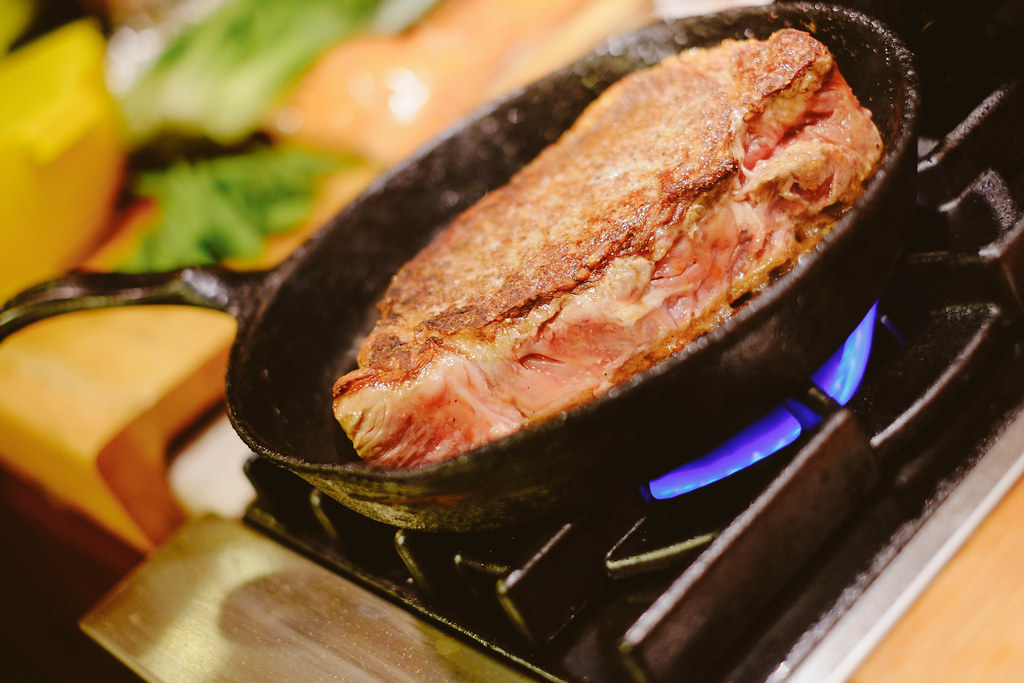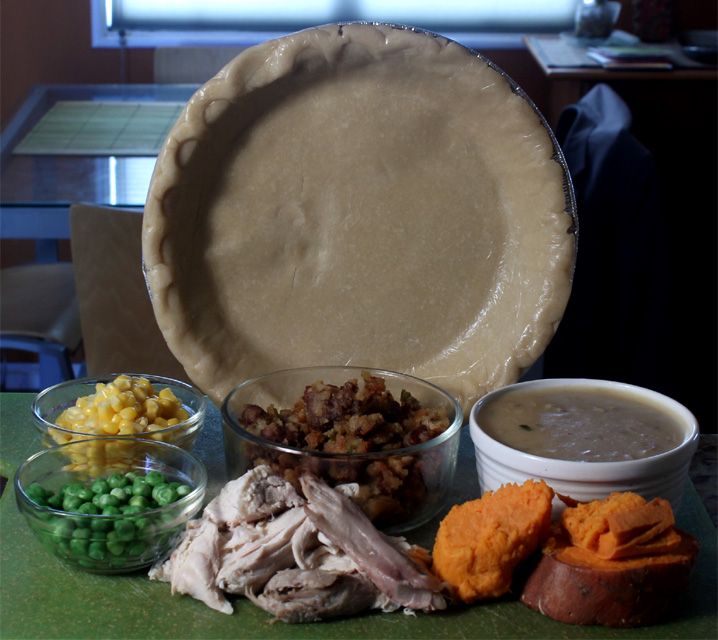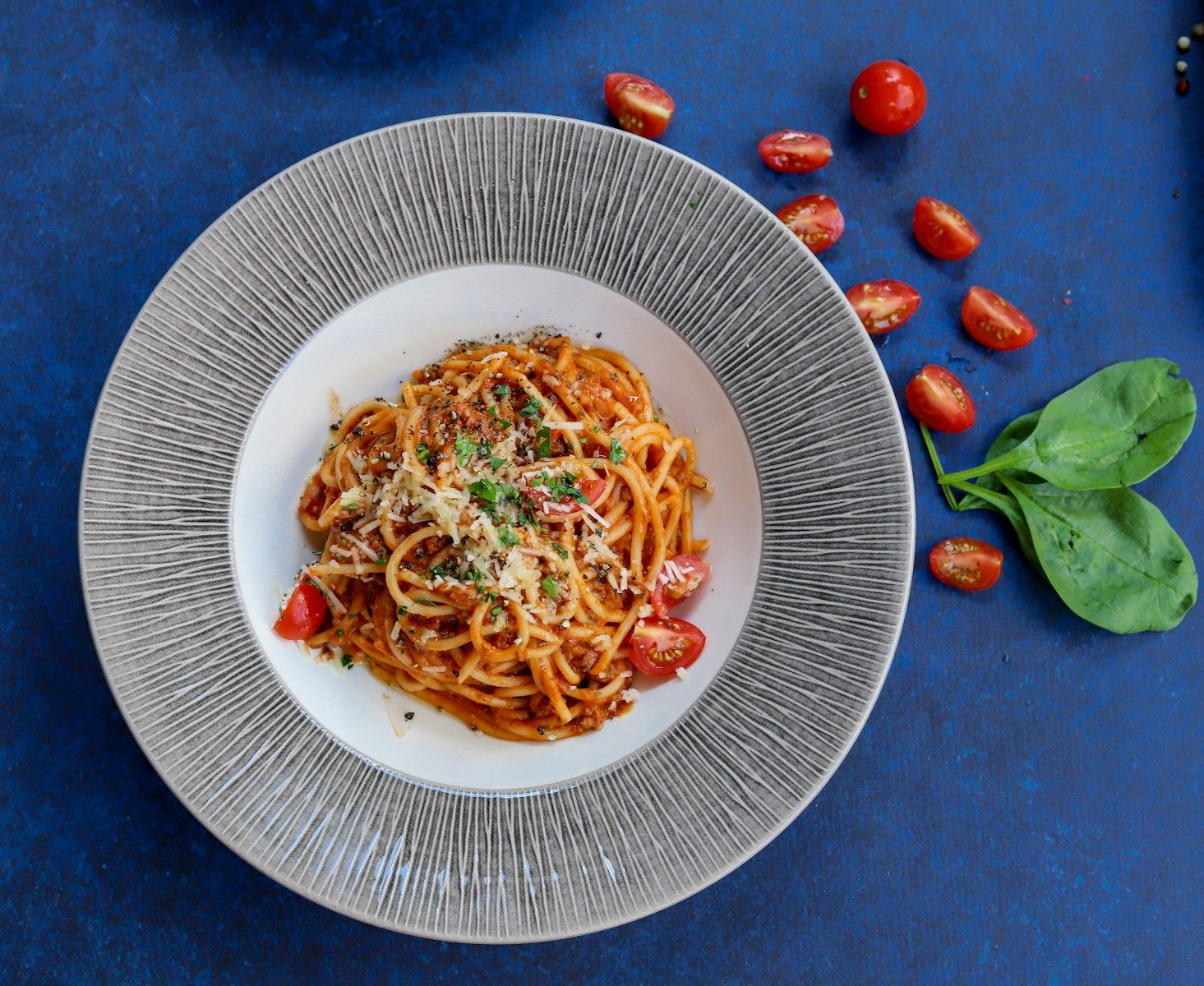
In an age where processed foods and fast-paced lifestyles often dictate our dietary patterns, maintaining a healthy diet can feel like an uphill battle, especially when budget constraints come into play. Many people find themselves consuming foods high in energy, fats, free sugars, and salt, while not getting enough fruit, vegetables, and whole grains. This imbalance isn’t just a matter of preference; it’s a significant global health risk, contributing to the rise of noncommunicable diseases like diabetes, heart disease, stroke, and cancer. The good news is that home cooking offers a powerful solution, allowing you to regain control over your nutrition and your finances.
You might think that eating well automatically translates to a hefty grocery bill, but that’s a common misconception we’re here to debunk. The fundamental principles of a healthy diet remain constant regardless of your individual characteristics or cultural context, focusing on nutrient-dense foods that don’t have to break the bank. By making informed choices and adopting practical strategies, you can transform your kitchen into a hub of affordable wellness, protecting your health against malnutrition and chronic diseases. This isn’t about drastic, overnight changes, but rather about implementing “SMART” goals – specific, measurable, attainable, relevant, and time-bound changes that build momentum for lasting success.
This comprehensive guide will arm you with direct, usable tips, tricks, and strategies you can immediately implement to keep your home cooking healthy and incredibly budget-friendly. We’ll explore key dietary components, show you how to maximize flavor and nutrition without expensive ingredients, and help you save time, money, and effort in the kitchen. Get ready to empower yourself to take control of your plate and your pantry, proving that a tight budget absolutely does not mean tight flavor or compromised health.

1. **Prioritize Plant-Based Power with More Vegetables**
One of the most impactful and budget-friendly changes you can make to your diet is simply to eat more vegetables. The World Health Organization (WHO) recommends consuming at least 400 grams, or five portions, of fruit and vegetables per day, excluding starchy roots, to reduce the risk of noncommunicable diseases and ensure an adequate daily intake of dietary fiber. This isn’t a recommendation to splurge on exotic produce, but rather to embrace the accessibility and affordability of common, everyday vegetables. Integrating more of these nutritional powerhouses into your meals is a direct path to better health.
The beauty of vegetables, especially those in season, lies in their versatility and often low cost. To improve your intake, consider making it a habit to always include vegetables in your main meals. For example, if you typically have cereal for breakfast, try adding a handful of spinach to scrambled eggs instead, or incorporate bell peppers and onions into your morning scramble. Another excellent strategy is to enjoy fresh fruit and raw vegetables as snacks throughout the day, replacing less healthy, more expensive processed options.
Don’t feel pressured to go from zero to nine servings immediately. Start slow, perhaps by adding one serving of vegetables to your dinner, or if you already do that, aim for one vegetable or fruit at every meal. This gradual approach aligns perfectly with the “SMART” goal framework, making the change attainable and sustainable. A diverse array of fruit and vegetables, particularly those that are currently in season, will not only offer a broader spectrum of nutrients but often come at a lower price point, making healthy eating inherently more affordable.
Beyond their direct health benefits, such as reducing the risk of heart disease, stroke, cancer, and premature death, vegetables add volume and fiber to your meals, helping you feel fuller for longer. This can indirectly lead to saving money by reducing the urge for costly snacks or larger portions of more expensive ingredients. Remember, enhancing your fruit and vegetable intake is a cornerstone of a healthy diet, and it’s remarkably achievable on any budget.
Read more about: Unmasking the Silent Saboteurs: 8 Everyday Habits Quietly Harming Your Heart Health

2. **Make the Switch to Wholesome Whole Grains**
In the pursuit of both health and savings, a simple yet highly effective strategy is to swap out refined grains for their whole grain counterparts. Research consistently links consuming more whole grains with a reduced risk of serious conditions like diabetes, obesity, cardiovascular disease, and cancer. Whole grains retain their bran, germ, and endosperm, packing in more fiber, vitamins, and minerals compared to refined grains, which have been stripped of these beneficial components during processing. This makes them a superior choice for your nutritional intake and overall well-being.
Making this switch doesn’t require a complete overhaul of your pantry; you can start small by replacing just one refined grain each day with a whole grain option. For instance, if your breakfast routine typically involves cereal, consider swapping it for plain oatmeal. This simple change introduces a wealth of fiber and sustained energy. Other excellent whole grain choices include whole grain bread and pasta, brown and wild rice, buckwheat, bulgur wheat, millet, barley, spelt, quinoa, and farro. These items are often budget-friendly staples that can form the basis of many delicious and inexpensive meals.
Conversely, be mindful of refined grains, which include white bread and pasta, white rice, most breakfast cereals, chips, pretzels, and crackers. While these can be convenient, their nutritional value is significantly lower. By consciously choosing whole grain alternatives, you not only boost your fiber intake, aiding digestion and promoting satiety, but you also contribute to a more stable blood sugar level, which is crucial for preventing conditions like diabetes and managing energy throughout your day.
The cost efficiency of whole grains is another compelling factor. Many whole grains like oats, brown rice, and whole wheat pasta are inexpensive staples that can be bought in bulk and stored for long periods. They serve as excellent foundations for meals, absorbing flavors from other ingredients and helping to stretch more expensive components like lean proteins. Embracing whole grains is a smart, actionable step towards a healthier diet that won’t strain your wallet.
Read more about: Fueling Your Golden Years: 7 Key Inflammatory Foods Seniors Need to Sidestep for Vitality

3. **Master Healthy Fat Choices and Portion Control**
Understanding fats and how to incorporate them healthily into your home cooking is crucial for both your well-being and your budget. The World Health Organization advises that total fat should not exceed 30% of your total energy intake to avoid unhealthy weight gain. More specifically, saturated fats should be less than 10% of total energy intake, and trans-fats less than 1%. The goal is to shift fat consumption away from these less healthy options towards unsaturated fats, with an emphasis on eliminating industrially-produced trans-fats altogether, as they are not part of a healthy diet and should be avoided.
Unsaturated fats, found in sources like fish, avocado, nuts, and oils such as sunflower, soybean, canola, and olive oil, are preferable. These fats are essential for various bodily functions and can be beneficial when consumed in moderation. In contrast, saturated fats are typically found in fatty meat, butter, palm and coconut oil, cream, cheese, ghee, and lard. Trans-fats come in two forms: industrially-produced (found in baked and fried foods, pre-packaged snacks like frozen pizza, pies, cookies, and certain cooking oils) and ruminant trans-fats (found in meat and dairy from animals like cows and sheep). Reducing your intake of these harmful fats is paramount for cardiovascular health.
To achieve this, practical cooking adjustments can make a significant difference. Opt for steaming or boiling methods instead of frying your food. When cooking, replace butter, lard, and ghee with oils rich in polyunsaturated fats, such as soybean, canola (rapeseed), corn, safflower, and sunflower oils. Furthermore, choosing reduced-fat dairy foods and lean meats, or simply trimming visible fat from meat before cooking, are effective ways to cut down on saturated fat. Limiting your consumption of baked and fried foods, along with pre-packaged snacks that often contain industrially-produced trans-fats, is also key.
By being mindful of the types of fats you use and how you prepare your food, you can significantly lower your risk of developing noncommunicable diseases. This approach also often translates to budget savings, as highly processed foods laden with unhealthy fats can be more expensive than fresh, whole ingredients cooked with healthier oils. Mastering healthy fat choices is about making informed decisions that benefit both your health and your wallet, proving that nourishing your body doesn’t have to be a costly endeavor.
Read more about: Unmasking the Silent Saboteurs: 8 Everyday Habits Quietly Harming Your Heart Health

4. **Outsmart Sugars: Reducing Free Sugar Intake for Health**
When it comes to maintaining a healthy diet and managing your budget, tackling your sugar intake is an area where significant improvements can be made. The World Health Organization recommends limiting the intake of free sugars to less than 10% of total energy intake for both adults and children, suggesting that a further reduction to less than 5% provides additional health benefits. Free sugars encompass all sugars added to foods or drinks by manufacturers, cooks, or consumers, as well as sugars naturally present in honey, syrups, fruit juices, and fruit juice concentrates. This distinction is crucial for understanding what to cut back on.
Excessive consumption of free sugars carries several health risks. It significantly increases the risk of dental caries, commonly known as tooth decay. Beyond that, the excess calories from foods and drinks high in free sugars contribute directly to unhealthy weight gain, leading to overweight and obesity. Recent evidence also highlights that free sugars can negatively influence blood pressure and serum lipids, suggesting that reducing their intake can lower risk factors for cardiovascular diseases. These are compelling reasons to adopt strategies for reducing sugars in your daily meals and snacks.
Practically, reducing your sugar intake involves making conscious choices about what you consume. A primary strategy is to limit the consumption of foods and drinks containing high amounts of sugars. This includes obvious culprits like sugary snacks, candies, and all types of sugar-sweetened beverages. These beverages, which range from carbonated soft drinks, fruit or vegetable juices and drinks, flavored water, energy and sports drinks, to ready-to-drink tea, coffee, and flavored milk drinks, are often hidden sources of substantial free sugars and offer little nutritional value.
Instead of reaching for these sugary options, pivot towards fresh fruit and raw vegetables as snacks. These natural alternatives provide sweetness, fiber, and essential nutrients without the added free sugars that contribute to health issues and often higher costs. By actively reducing free sugars in your diet, you’re not only safeguarding your health against tooth decay, obesity, and cardiovascular risks, but also making a budget-savvy move, as many high-sugar processed items are more expensive than their healthier, whole-food counterparts. It’s a win-win for your body and your bank account.
5. **Slash Sodium: Savvy Strategies for Lower Salt Cooking**
Controlling your sodium intake is another vital component of a healthy, budget-friendly diet, with profound implications for your long-term health. The World Health Organization recommends keeping salt intake to less than 5 grams per day, which is equivalent to about one teaspoon of salt, or less than 2 grams of sodium per day. The reality is that most people consume far too much sodium, typically averaging 9–12 grams of salt per day, largely without realizing it. High sodium intake, coupled with insufficient potassium, contributes significantly to high blood pressure, thereby increasing the risk of heart disease and stroke.
A major challenge is that in many countries, a substantial portion of the salt we consume comes from processed foods such as ready meals, processed meats (like bacon, ham, and salami), cheese, and salty snacks. Even frequently consumed items like bread can be significant sources of sodium. Beyond processed foods, salt is also added during home cooking through condiments like bouillon, stock cubes, soy sauce, and fish sauce, or directly at the table. This pervasive presence makes conscious reduction essential.
To effectively reduce your salt intake, start by limiting the amount of salt and high-sodium condiments you use when cooking and preparing foods. This simple habit change can dramatically decrease your daily sodium consumption. Furthermore, break the habit of having salt or high-sodium sauces readily available on the table; this discourages automatic seasoning before tasting. Actively limiting the consumption of salty snacks, which are often expensive and nutritionally poor, is also a key step.
When shopping, make it a point to choose products with lower sodium content. Many food manufacturers are now reformulating recipes to reduce sodium, and checking nutrition labels to see how much sodium is in a product before purchasing or consuming it empowers you to make healthier choices. It’s also worth noting that potassium, which can be increased by consuming fresh fruit and vegetables, helps mitigate the negative effects of elevated sodium consumption on blood pressure. By taking these practical steps, you’re not just adhering to health guidelines but also likely saving money by choosing fewer processed foods, making your home cooking both healthier and more economical.

6. **Incorporating Affordable Protein Sources for Sustained Energy**
While we’ve emphasized the power of plants, getting enough protein is crucial for satiety and muscle maintenance. Many people associate protein with expensive meats, but the truth is, some of the most budget-friendly and versatile protein sources come from the plant kingdom: legumes. The World Health Organization (WHO) explicitly includes “legumes (e.g. lentils and beans), nuts and whole grains” as essential components of a healthy diet, recognizing their importance beyond just their cost-effectiveness. These humble ingredients are nutritional powerhouses, packed with fiber, essential vitamins, and minerals, making them an incredible value for both your health and your wallet.
Legumes like lentils, chickpeas, and various beans are staples in cuisines around the globe for a reason – they’re incredibly filling, adaptable, and significantly cheaper than most animal proteins, especially when purchased dry or in large canned quantities. Consider the cost-efficiency of dishes like Chana Masala, where a “star cast of aromatics (ginger, garlic, cumin, chile and caramelized onion) amplify your choice of canned or dry chickpeas.” This recipe, highlighted as a standout for its use of chickpeas, exemplifies how these legumes can be the star of a meal, not just a sidekick. They absorb flavors beautifully, making them a fantastic foundation for any meal.
Beyond chickpeas, an array of other beans offers similar benefits. Cannellini beans, for instance, form the hearty base of soups like Melissa Clark’s “Parmesan Cabbage Soup” and Martha Rose Shulman’s “Quick Tomato, Kale and White Bean Soup,” adding “a welcome heft” and protein. Black beans are another versatile option, central to “Loaded Sweet Potatoes With Black Beans and Cheddar” and a variety of Mexican-inspired dishes that are inherently budget-friendly. These recipes illustrate how easily you can integrate legumes into your weekly meal rotation, transforming them into delicious, substantial, and incredibly affordable meals.
Whether you’re crafting a vegetarian main dish like “Crispy Bean Cakes With Harissa, Lemon and Herbs” or simply aiming to “throw in a can of cannellini beans” to stretch a soup, legumes are your go-to for affordable protein. They provide the sustained energy you need without the hefty price tag. By making them a regular feature in your cooking, you’re not just saving money; you’re also boosting your fiber intake and contributing to a more diversified, balanced, and healthy diet, a core principle of optimal nutrition recommended by the WHO.
Read more about: Unlocking Peak Performance: The 13 Essential Supplements Recommended by Top Sports Doctors for Athletes

7. **Unleashing Flavor with Herbs and Spices, Not Just Salt and Sugar**
After focusing on reducing salt and sugar, you might wonder how to keep your meals exciting and palatable. The answer lies in the incredible world of herbs and spices! These vibrant additions are your secret weapon for transforming simple, healthy ingredients into dishes bursting with flavor, all without relying on excess sodium, free sugars, or unhealthy fats. This approach aligns perfectly with our goal of healthy, budget-friendly home cooking, proving that deliciousness doesn’t have to come at a premium or a health cost.
Think about the way certain recipes leverage these aromatic wonders. Zainab Shah’s “Chana Masala,” for example, uses a “star cast of aromatics (ginger, garlic, cumin, chile and caramelized onion)” to “amplify your choice of canned or dry chickpeas.” This isn’t just about adding heat; it’s about building layers of complex flavor that make the dish deeply satisfying. Similarly, Melissa Clark’s “Spiced Turkey Stir Fry With Crisp Garlic and Ginger” is elevated by “plenty of garlic and ginger lend aromatic flavor, and a showering of herbs — cilantro and basil — at the end makes this dish taste ultrafresh.” These examples underscore how herbs and spices can be the main architects of taste.
Using herbs and spices liberally also directly supports your efforts to “Slash Sodium” (as discussed in item 5) and “Outsmart Sugars” (item 4). When your food is vibrant and flavorful from natural sources, you’re less tempted to reach for the salt shaker or add extra sugar. Fresh herbs, while sometimes a bit pricier than dried, can be grown in small pots on a windowsill, offering an even more budget-friendly and sustainable source of fresh flavor. Dried spices, when bought in larger quantities from ethnic markets or bulk sections, are incredibly cost-effective per serving.
From the “punchy, aromatic dressing featuring ginger and rice vinegar” in a “Charred Bok Choy and Cannellini Bean Salad” to the versatility of “whatever herb you have on hand: cilantro, mint, dill, chives, chervil, celery leaves, fennel or carrot tops” used in Ali Slagle’s “Herb-Marinated Seared Tofu,” the possibilities are endless. Don’t be afraid to experiment with different combinations. This strategy not only enhances the enjoyment of your healthy meals but also allows you to creatively control your diet, ensuring every bite is both nourishing and delicious without breaking the bank.

8. **Master Efficient Cooking Methods for Time and Money Savings**
When you’re striving for healthy home cooking on a budget, efficiency in the kitchen isn’t just a convenience; it’s a game-changer. Adopting smart cooking methods can drastically cut down on time, effort, and even energy costs, making regular home-cooked meals more attainable and less daunting. The “Lifehacker” approach is all about practical, actionable advice, and optimizing your cooking techniques is a prime example of taking control to make informed decisions that benefit your daily life.
One of the most immediate impacts you can make, as highlighted in the WHO’s recommendations for reducing unhealthy fat intake, is to shift away from frying. They suggest “steaming or boiling instead of frying when cooking” as a key strategy. These methods inherently use less fat, are generally quicker, and help retain more of the natural nutrients in your food. Steaming vegetables, for instance, cooks them quickly while keeping their crispness and vibrant color, making healthy eating more appealing. Boiling legumes or grains is a straightforward, energy-efficient way to prepare these budget-friendly staples.
Another powerful technique is embracing one-pot or one-pan meals. The context features excellent examples like “One-Pot Chicken Meatballs With Greens” and “One-Pan Crispy Chicken and Chickpeas.” These recipes minimize cleanup, reduce active cooking time, and often allow flavors to meld beautifully. In the “One-Pan Crispy Chicken and Chickpeas,” for example, “roasting the spinach and chickpeas beneath the chicken thighs means there’s no shortage of flavor because they soak up the salty chicken fat.” This ingenious method ensures maximum flavor extraction with minimal effort, aligning perfectly with the goal of saving “time, money, effort.”
Furthermore, efficient cooking extends to planning. While not a direct cooking method, the ability to choose “simple, inexpensive pantry staples that are probably already hiding in your kitchen” for “cheap and easy meals” suggests an underlying efficiency in recipe selection and execution. By focusing on methods that simplify the process—whether it’s using less equipment, requiring less active stirring, or leveraging natural flavor infusions—you can consistently produce healthy, budget-friendly meals without feeling overwhelmed. This practical approach empowers you to maintain control over your nutrition and finances, transforming cooking from a chore into a seamless part of your healthy lifestyle.
Read more about: Your Ultimate Checklist: 15 Essential Questions for a Smooth Family RV Trip Rental

9. **Leverage Leftovers: Your Budget’s Best Friend and Time Saver**
One of the most potent strategies for making healthy home cooking budget-friendly and efficient is mastering the art of leveraging leftovers. This isn’t just about avoiding food waste—though that’s a huge win in itself—it’s about maximizing your investment in ingredients and cooking time. As our context explicitly states, “Putting all your leftovers to work is a big part of budget-based eating.” This simple habit can drastically cut down on your grocery bill and free up valuable time during busy weekdays, making healthy eating a sustainable reality.
Consider the prime example of roasting a whole chicken at the beginning of the week. The suggestion is to “use it in salads and grain bowls the rest of the week, you’ll get a lot of bang for your buck.” This multi-purpose approach transforms a single cooking session into several meals, saving both money and future effort. The “Chicken and Herb Salad With Nuoc Cham” recipe is a perfect illustration, offering a fresh and flavorful way to repurpose cooked chicken into an entirely new dish. It’s about thinking strategically beyond just eating the same meal repeatedly.
Leftovers aren’t limited to main proteins. Many recipes encourage the reuse of components. For instance, Ali Slagle’s “Spicy Tuna Salad With Crispy Rice” suggests, “Feel free to use leftover rice here,” demonstrating how foundational ingredients can find new life. Even less obvious items can be repurposed; the context highlights “Leftover Stuffing Muffins” as a “Lunch Dirt Cheap Recipe,” showcasing creative ways to stretch ingredients that might otherwise go to waste. This mindset of making ingredients work harder for you is central to economical cooking.
By proactively planning for leftovers, you’re essentially preparing future meals in advance, which is a massive time-saver for busy individuals. Instead of cooking from scratch for every meal, you can assemble nutrient-dense options quickly, reducing the temptation to order costly takeout or opt for less healthy convenience foods. This not only keeps your diet on track but also reinforces the habit of conscious consumption, ensuring that every morsel of food you purchase contributes meaningfully to your health and budget. Embracing leftovers is an empowering step towards financial and nutritional freedom in your kitchen.

10. **Implement Smart Shopping Habits for Sustained Savings**
Truly mastering healthy home cooking on a budget culminates in smart shopping habits. Your decisions at the grocery store have a profound impact on both your finances and your ability to maintain a healthy diet. This isn’t just about buying the cheapest items; it’s about making informed choices that maximize nutritional value per dollar spent, ensuring a sustainable approach to feeding yourself and your family. By adopting a strategic mindset before you even step into the store, you empower yourself to navigate the aisles like a seasoned pro.
One of the most fundamental strategies is to prioritize “eating fresh fruit and vegetables that are in season.” Seasonal produce is not only at its peak flavor and nutritional value but is also typically much cheaper due to abundance. This tip, directly from the WHO’s practical advice for improving fruit and vegetable intake, is a cornerstone of budget-friendly healthy eating. Furthermore, for staples like “Many whole grains like oats, brown rice, and whole wheat pasta,” the context notes they “are inexpensive staples that can be bought in bulk and stored for long periods.” Buying in bulk, where feasible, can significantly reduce the unit cost of essential ingredients, providing long-term savings.
Crucially, smart shopping involves a keen eye for labels. The WHO emphasizes the importance of “choosing products with lower sodium content” and “checking nutrition labels to see how much sodium is in a product before purchasing or consuming it.” This principle extends to other nutritional considerations too. By actively comparing fat and free sugar content, you can avoid “processed foods containing high levels of saturated fats, trans-fats, free sugars and salt/sodium,” which are often “more expensive than their healthier, whole-food counterparts.” This vigilance ensures you’re investing in nutrient-dense foods, not just fillers.
Finally, a smart shopper makes conscious choices to limit the consumption of “salty snacks” and “sugary snacks,” which are often both “expensive and nutritionally poor.” By focusing on whole, unprocessed foods and making informed decisions based on nutritional labels and seasonality, you create a robust defense against unnecessary expenses and unhealthy pitfalls. This proactive approach to grocery shopping isn’t just a list of tips; it’s a foundational skill that sustains your commitment to both a healthy lifestyle and a healthy bank account, making nutritious home cooking truly accessible for everyone.
Read more about: 11 Actionable Ways to Supercharge Your Credit Score by 50 Points in Just 30 Days
There you have it – a comprehensive guide to transforming your kitchen into a haven of affordable wellness. From laying the foundational pillars of nutrition to adopting clever culinary and shopping strategies, you now have the tools to make healthy home cooking not just possible, but genuinely enjoyable and economical. Remember, the journey to a healthier, more budget-friendly lifestyle starts with “SMART” goals – specific, measurable, attainable, relevant, and time-bound changes that build momentum for lasting success. Each small, informed choice you make in your kitchen is a powerful step towards safeguarding your health, enriching your plate, and empowering your finances. So go ahead, embrace these insights, and savor the delicious, budget-smart meals you create!




